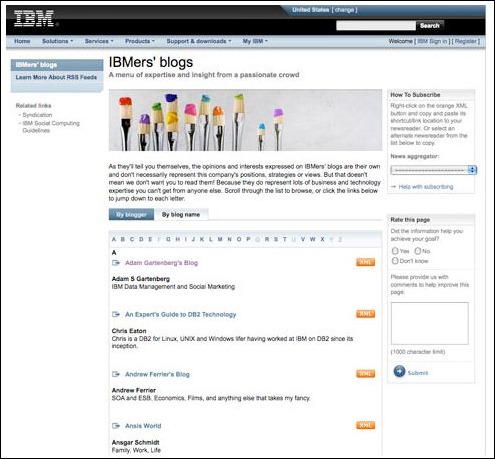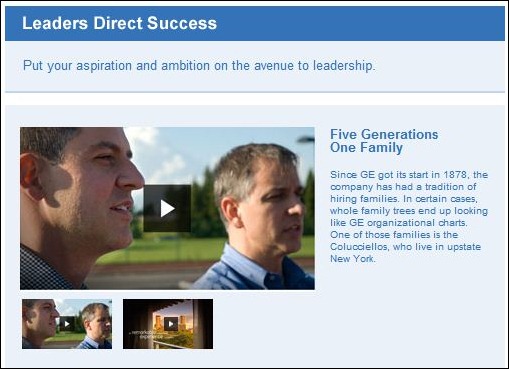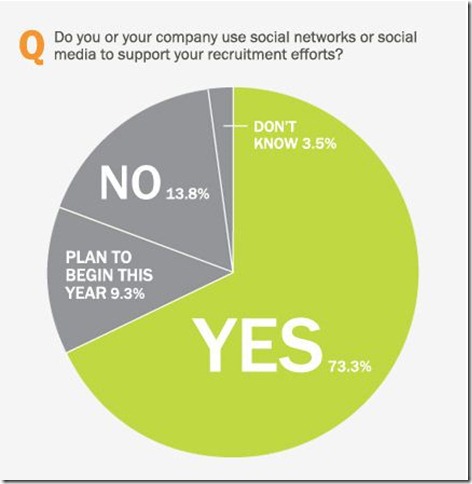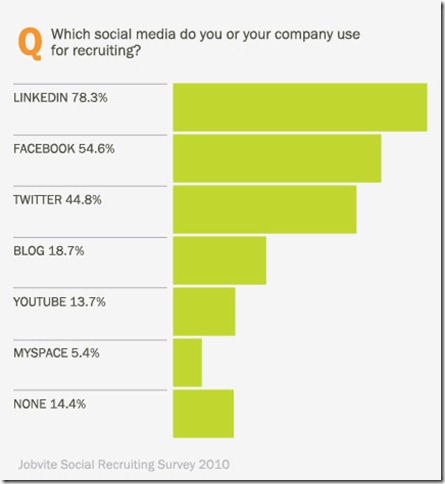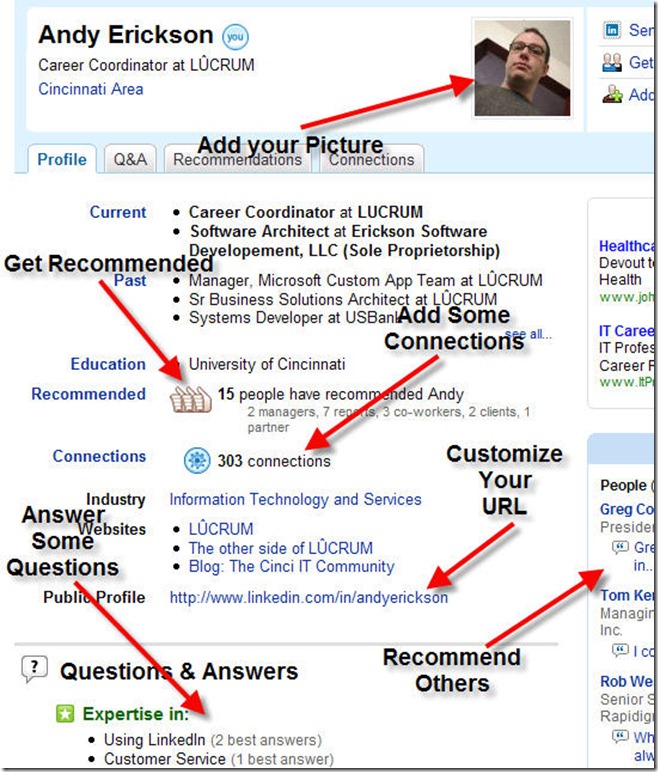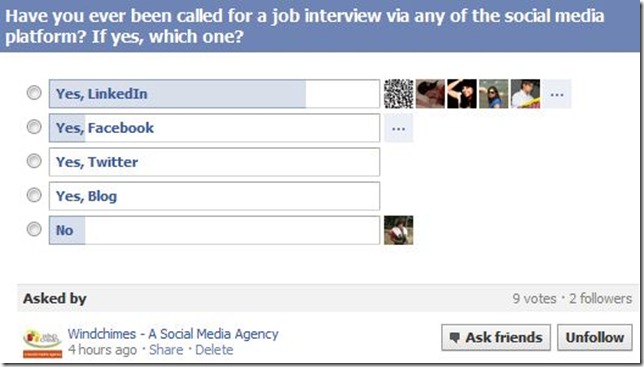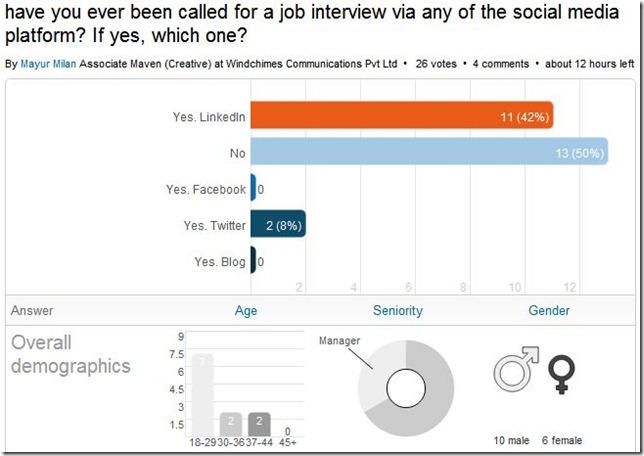 If you are still under impression that only your resume and technical & communication skills are considered while recruitments, you need to revise your assumptions, especially if you are a job seeker and active on various social media platforms. Your social media activities have a major impact on your recruitment possibilities.
If you are still under impression that only your resume and technical & communication skills are considered while recruitments, you need to revise your assumptions, especially if you are a job seeker and active on various social media platforms. Your social media activities have a major impact on your recruitment possibilities.
Gone are the days when potential recruiters would just study your resume, talk to your recommenders, test your technical skills, interview you and hire you right away. Today, as soon as you are shortlisted for a job position, your social media profiles are scrutinized to peek in your lifestyle. The practice is a convenient way to understand the candidate, his/her association with people and basic lifestyle choices.
 If a company has strict policies against internet and smartphone usage, it may want to avoid a social media addict who updates his whereabouts and activities every hour. Similarly, posts about hating Mondays and weekdays can put a negative impression about your professionalism and passion for work. The smart way to get through the social media scrutiny could be narrowing the industry you want to join, studying the basic criteria of judging a candidate’s personal branding by the firms and designing your personal branding strategy accordingly.
If a company has strict policies against internet and smartphone usage, it may want to avoid a social media addict who updates his whereabouts and activities every hour. Similarly, posts about hating Mondays and weekdays can put a negative impression about your professionalism and passion for work. The smart way to get through the social media scrutiny could be narrowing the industry you want to join, studying the basic criteria of judging a candidate’s personal branding by the firms and designing your personal branding strategy accordingly.
For a firm relying highly on LinkedIn profiles, you can keep posting your professional and academic achievements regularly and get recommendations from industry influencers. Similarly, for a marketing job or leadership position, you can voice your opinion about latest happenings regularly on Twitter, and let them know that you like getting engaged in social conversations.
 There are certain don’ts and no-no’s too that you should always take care of while posting stuff on social media. Writing a post about how you felt after a hangover, a rendezvous with local police, caste-race based comments, supporting use of abusive language, etc. are the things that might land you in trouble. What can help you authenticate your profile can be your posts and pictures of doing the tasks for the social causes that you have signed up for in your profile introduction.
There are certain don’ts and no-no’s too that you should always take care of while posting stuff on social media. Writing a post about how you felt after a hangover, a rendezvous with local police, caste-race based comments, supporting use of abusive language, etc. are the things that might land you in trouble. What can help you authenticate your profile can be your posts and pictures of doing the tasks for the social causes that you have signed up for in your profile introduction.
You put your best step forward when you are appearing for a job interview and try to appear perfect in every aspect that you are judged upon. This is exactly why your personal brand on social media should stand a testimony for everything that you claim to be.




